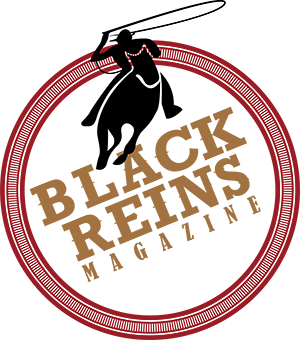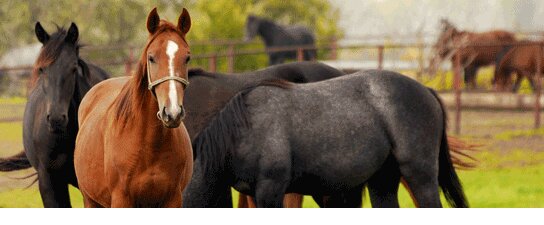A: Incorporate the following six steps into your normal grooming session and you’ll gain instant and telling insights into your horse’s health status:
Curry with gusto. Unless he is particularly ticklish, your horse will appreciate a vigorous session with a rubber curry or mitt, which improves circulation to his coat and skin and removes dead flakes of skin that bugs love to feast on.
Scrutinize the tail. Separating the tail hairs individually with your fingers not only avoids mechanical breaking of the hair, but it allows you to inspect the health of the dock or tailbone. Broken hairs at the dock signal rubbing in response to itchiness caused by dry skin, internal parasites or external insects.
Go head-on with the head. While cleaning the face with a damp sponge, take note of the discharge from the eyes and nostrils, which can signal respiratory, sinus or eye infections. Ears don’t need special cleaning, but look casually inside for signs of rubbing or wetness.
Peruse the hooves. After cleaning, press the hoof pick on different areas of the sole: A flinch could indicate trouble, such as a bruise or brewing abscess. Check on the tightness of each horseshoe by trying to wiggle it, and look the see that the clinches are snug against the wall.
Groom where the sun doesn’t shine: under the belly, between the forelegs, behind the elbows and under the tail. All are prime collectors of “scuff”—dirt, dandruff and dried sweat—and need just as much attention as the parts that show.
End with a kiss on the nose: A quick peck on the snout lets you get a whiff of your horse’s breath. A foul odor indicates a problem, either dental or digestive.


